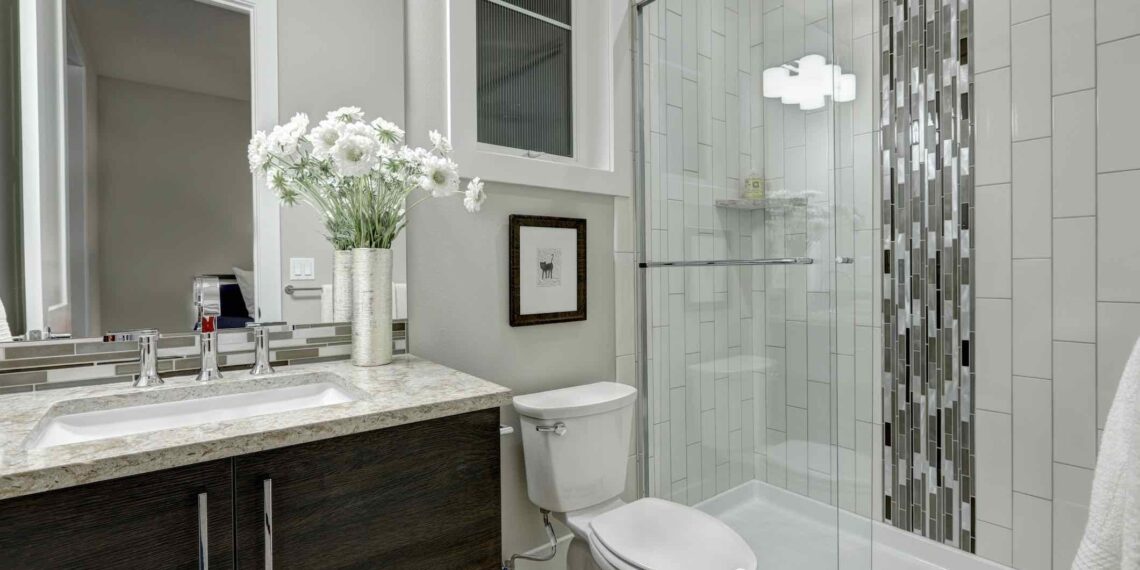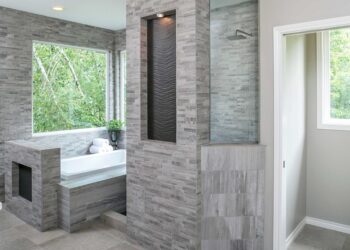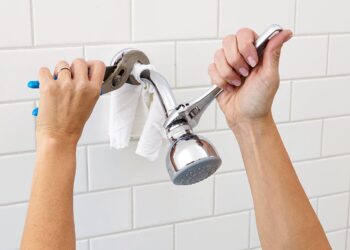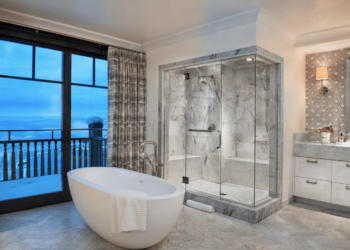A place in your bathroom where you can take a shower while standing. A variety of shower styles are available in the Australian market. The size and the daily usage by number of people is considered while designing the shower area. While doing the shower measurement give a thought to the usage and size of your washroom.
Australian Standards for Shower Sizes
The standard Australian shower size is approximately 900mm x 900mm.
The most prominent and preferred Australian shower size is 1000mm x 1200mm. This provides you with much more space and a beautiful choice for your bathroom.
Depending on the floor area, you can make showers up to 1800 millimeters long. These shower heads are quite common because they are very pleasant to use.
Relevant Australian building codes and standards

You can easily find standard shower dimensions by looking at the building codes in your area. These rules are based on many different factors that can affect the size of your shower.
Choosing the right dimensions to your shower area is crucial because it gives you enough space to move and clean the bathroom. The standard bathroom that Australia is looking to build in their home can vary depending on the type of bathroom. Some of the relevant Australian building codes and standards that need to be followed:
- For a full bathroom that includes a toilet, sink and bath or shower, the Australian minimum size is usually 2.5 square meters.
- The larger bathrooms can be up to 4-5 square meters in size.
- Half bathrooms or powder rooms, which consist of a toilet and sink, have smaller requirements. It usually refers to about 1.5 to 1.8 square meters. The minimum size of a private bathroom or a bathroom connected to a bedroom is often around 2.2-2.5 square meters.
- The minimum size for toilets with a square layout is 1.2 x 1.2 meters and for rectangular rooms 1.4 x 0.95
Always take into account the Australian building codes and standards while laying out your shower space in your bathroom.
Factors Influencing Shower Size
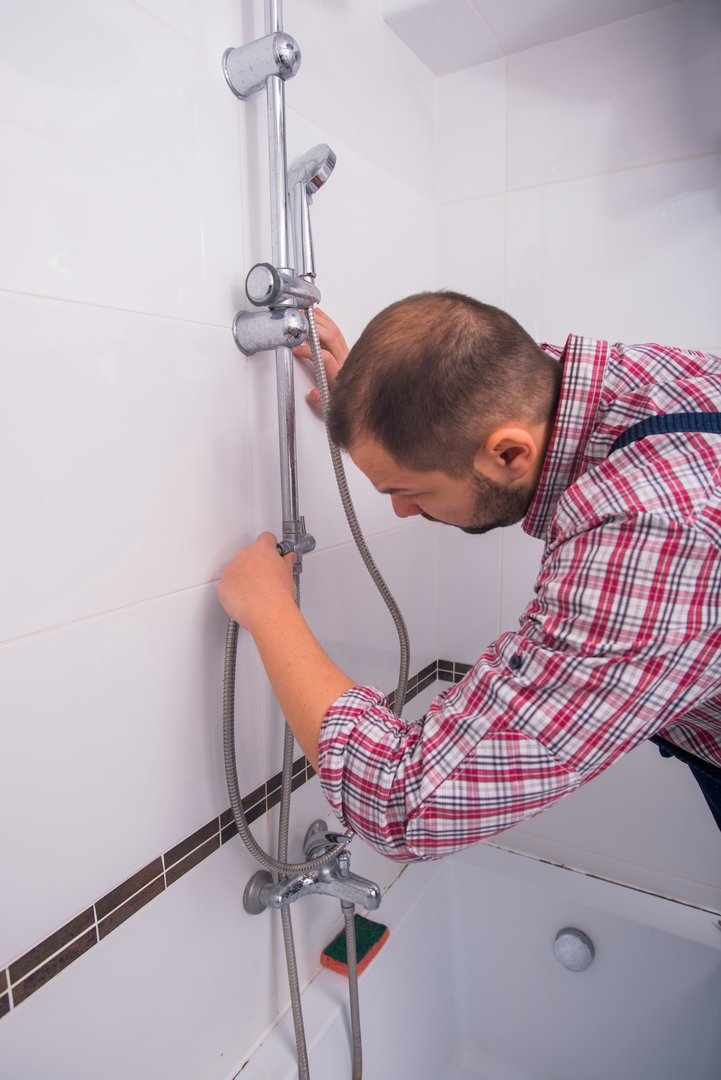
The factors that need to be considered when choosing a shower is the size of your bathroom.
- If your bathroom is spacious, you can get away with a walk-in shower as it may not take up much floor space and still give you functional movement to walk around.
- If your bathroom is small, choose a linear model that takes up less space.
- Decide whether you want fixed or sliding doors, while fixed doors use all the available space, because the whole area becomes a shower room, they need more depth than sliding windows. Sliding nets are ideal for smaller bathrooms, but take up more floor space than other types.
- A corner shower cabin could only be considered if there is a window or other source of ventilation in the shower room.
If there isn’t any proper ventilation in your bathroom do not install a corner shower.
- A spa environment can be created in your house by having walk in tub placed in your washroom with candles, music and aroma settings placed.
Also read Walk-in shower dimensions
Standard Shower Sizes in Australia
Shower sizes can vary from a small corner suite to a large cabinet with multiple spray units and a bench in the middle for bathing. Generally walk-in showers and enclosed showers styles are preferred by Australians.
Choosing and installing a walk in showers or enclosed showers totally depends on your imagination and home decor.
Walk-in showers are open shower rooms without a shower tray or glass panels, they are more luxurious and modern. They are also easier to clean and maintain and are suitable for any size bathroom.
Shower enclosures, on the other hand, are more affordable and more suitable for smaller bathrooms, as they prevent excessive water splashing.
Also Learn How To Clean Grout In The Shower.
Walk-in showers

Walk-in showers are mainly rooms without a shower wall. Unlike traditional showers, they do not have doors or large glass panels. Preferably, the entire shower area is open and fully tiled. Showers look incredibly stylish.
Eliminating the bathroom and keeping the shower open also frees up a lot more space. In general, a walk-in shower is easier to clean and maintain. This is because there is no need to clean doors or large glass panels. Adding a wall-mounted toilet and vanity to the room will make it even easier to clean and maintain. In addition, the floor under the shower cabin is better protected than conventional shower cabins.
Enclosed showers
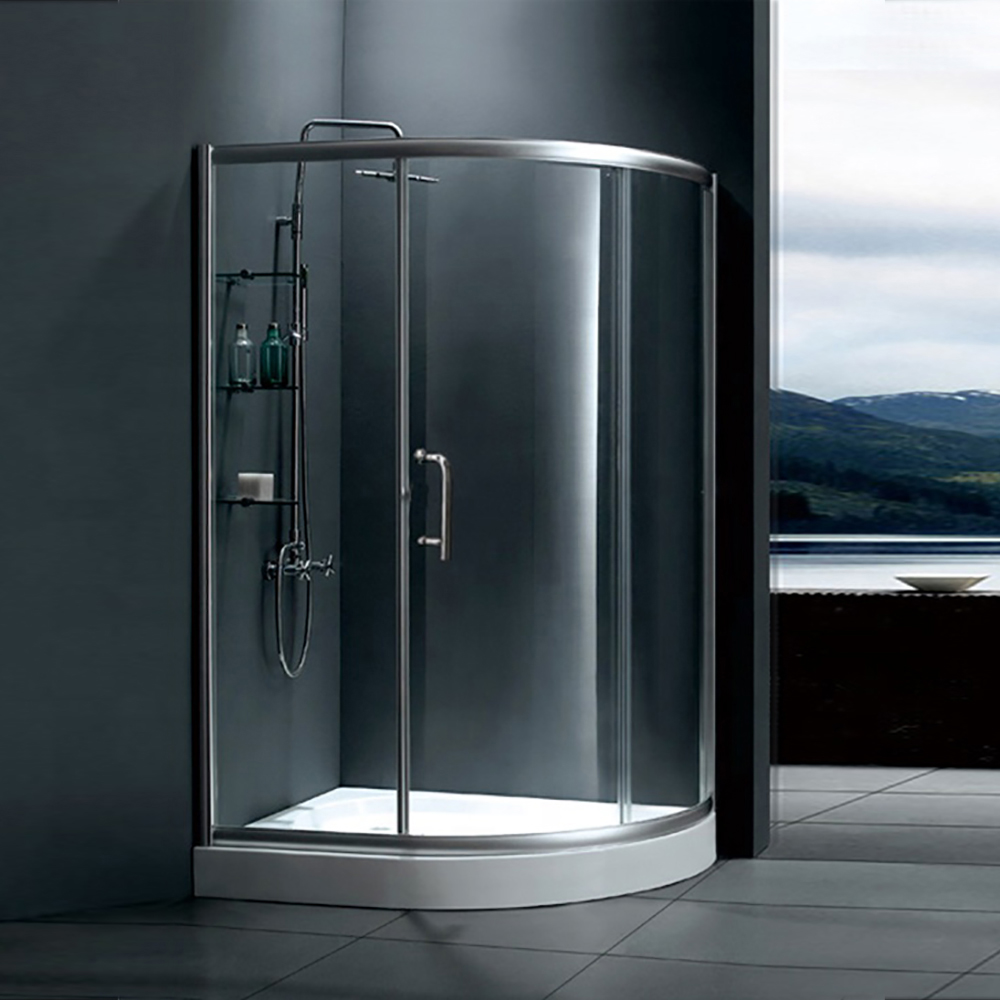
A traditional bathroom which has a framed or frameless glass panel that surrounds the shower. Framed glass panels usually use an aluminum frame to hold the panels in place. On the other hand, frameless glass panels are held in place by hinges and bolts.
They are a better choice for small bathrooms. This is because the glass panels prevent water from splashing out of the shower. With a wardrobe, you can use different tiles on your floors and walls to create a unique look.
Recommended dimensions for single-user and multi-user bathrooms
Australia’s bathroom minimum for a single user is 140cm x 95cm, which is a very small half bath. It is only suitable for sinks and basins. The minimum size varies by state.
Multi user large Australian bathrooms are usually 4m x 5m. It is much larger than usual and contains a toilet, sinks, a large closet, a large shower and a bathtub. This size is usually the main bathroom in the home.
Accessibility and Inclusivity
While designing your shower space the accessibility and inclusivity should be kept in mind.
- The door to the shower room must either open outwards or be a sliding door in nature. The minimum width of the door must be 900 mm. It must be lockable from the inside.
- The floor used must be non-slip and in a contrasting color to the wall.
- The brightness must be at shower space with ample lighting.
Easy movement is much easier if you create designated zones for different bathroom functions.
Installation and Plumbing Considerations
Installation and Plumbing is essentially required for:

Shower head– One of the most important shower pipes you may need to look at is finding the right shower head. There are many different types of shower heads available like ceiling mounted or wall mounted shower heads that will be requiring a professional help to install.
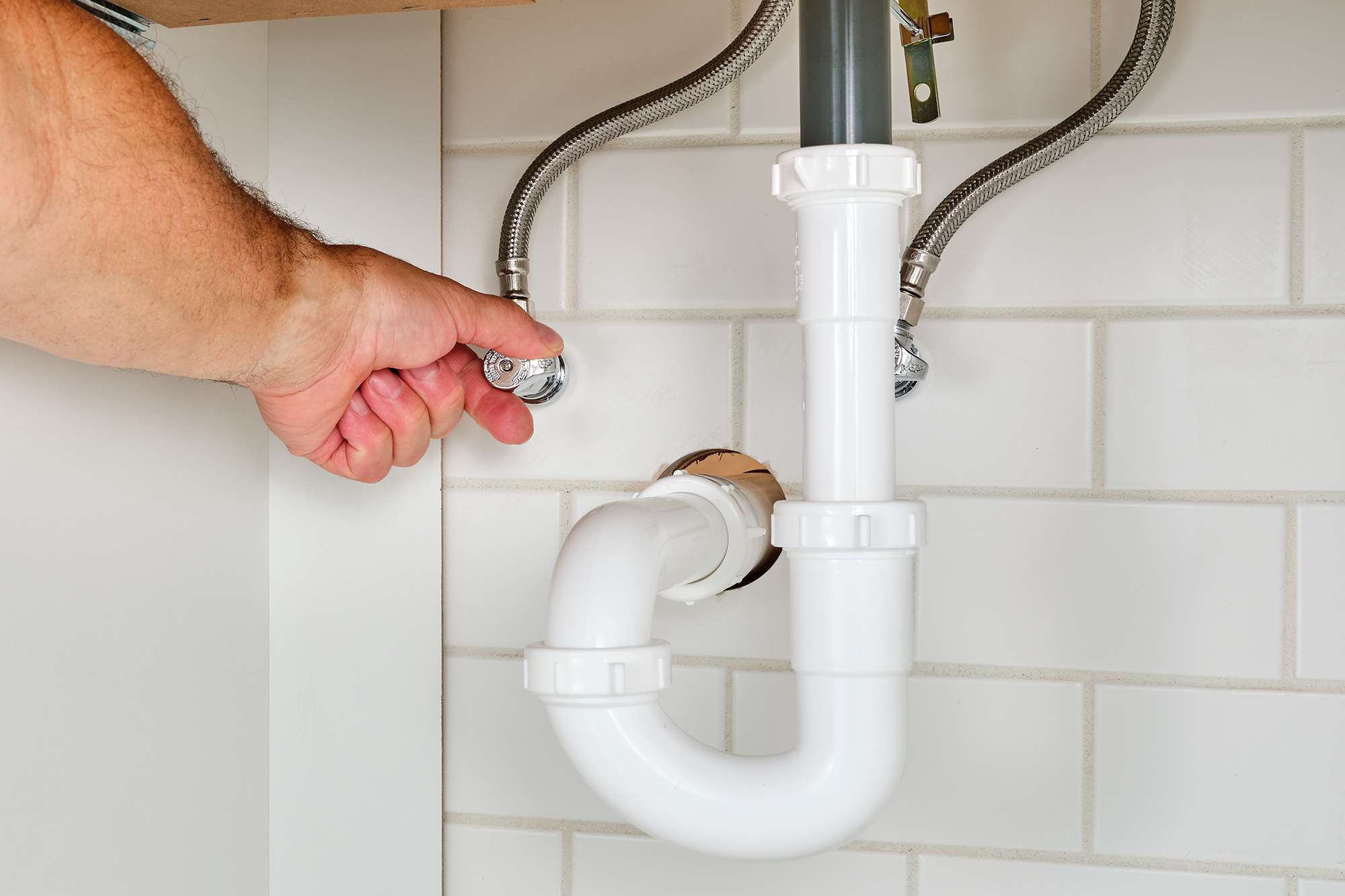
Valves– The flow of water is maintained through the shower valves and will require a plumber to install it as these valves control the temperature and adjust the water pressure
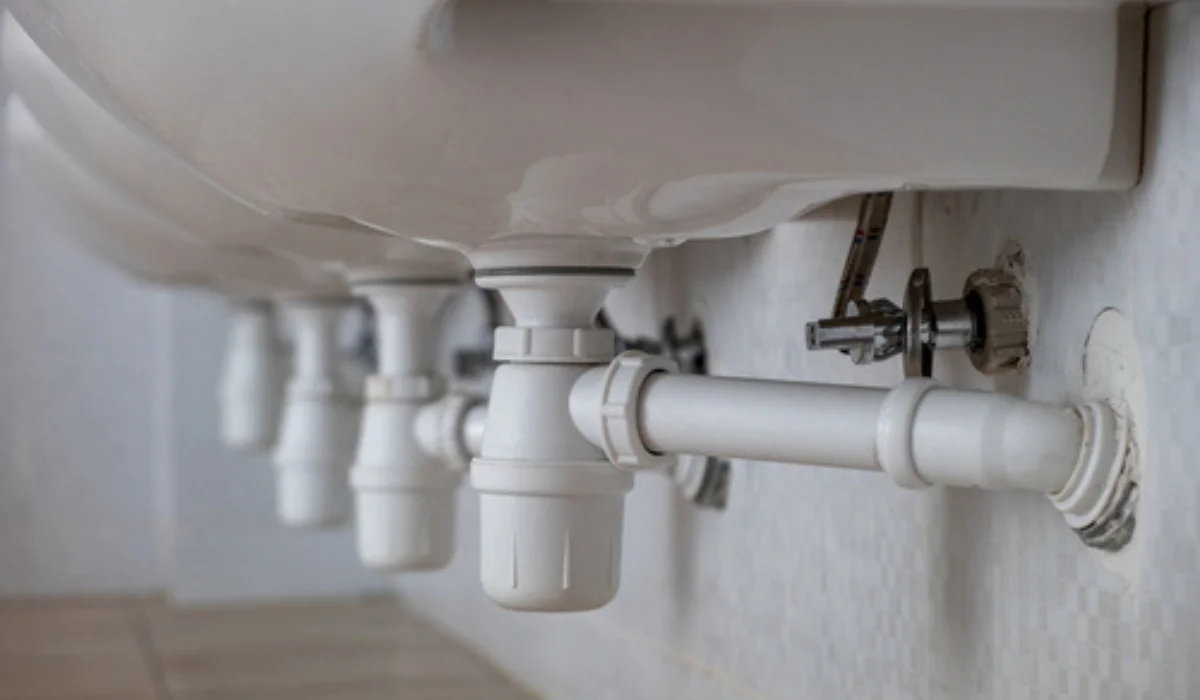
Pipes– Installation of hot and cold pipes with your shower needs proper plumbing techniques. Once installed enjoy your shower with warm water or cold water as per your liking.
Do you know the advantages of hiring professional plumbers?
Conclusion
There are numerous components to consider when choosing a shower, such as the measurement of washrooms, the area and measurements of other installations, mobility especially for elderly individuals. Research yourself for a cost effective and affordable option while installing your showers.
FAQ
How big should a doorless walk in shower be?
The average doorless shower enclosure is about seven feet by four feet.
How do you keep water in a doorless shower?
Installing and Overlapping short walls at the entrance helps to keep water inside a doorless shower.
What is the best material for a walk-in shower?
Best material is using Ceramic tiles in the walk-in shower.
What is the normal opening for a walk-in shower?
The average size of a walk-in shower is usually 1700mm in length and 700mm in width.
